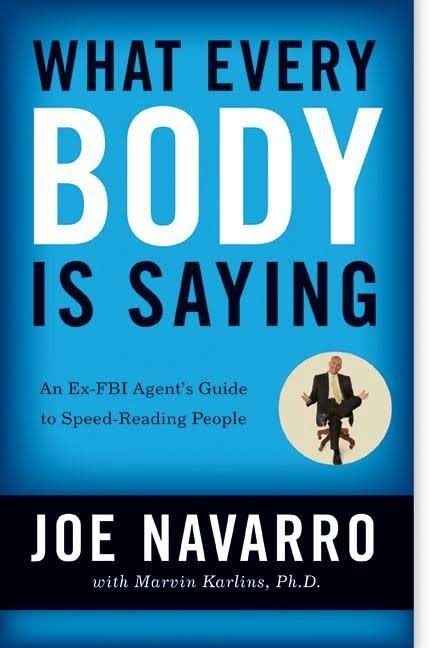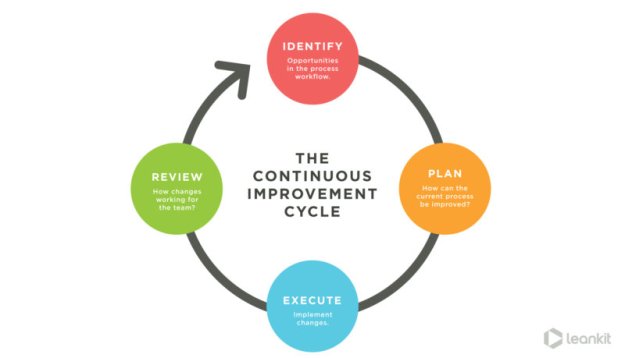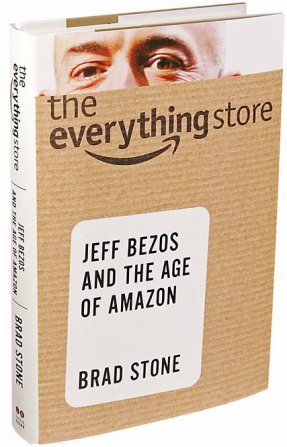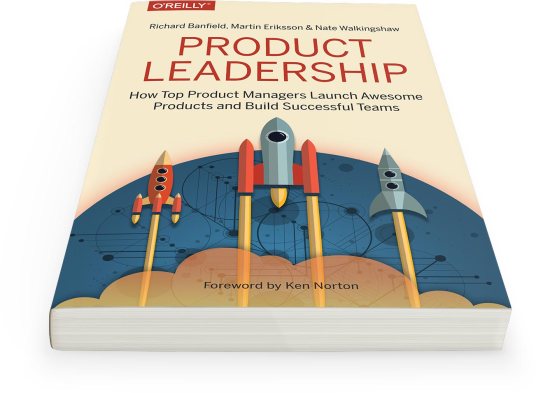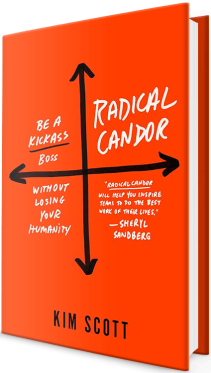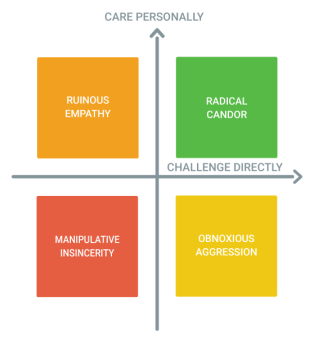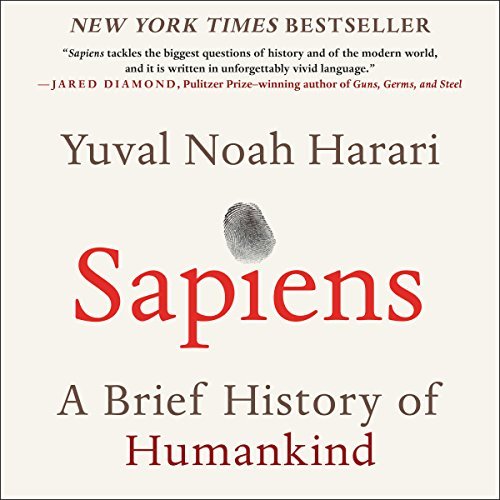Events & Promotions
|
|

GMAT Club Daily Prep
Thank you for using the timer - this advanced tool can estimate your performance and suggest more practice questions. We have subscribed you to Daily Prep Questions via email.
Customized
for You
Track
Your Progress
Practice
Pays
Not interested in getting valuable practice questions and articles delivered to your email? No problem, unsubscribe here.
- Nov 20
07:30 AM PST
-08:30 AM PST
Learn what truly sets the UC Riverside MBA apart and how it helps in your professional growth
Kudos
Bookmarks
Check out SSIM Blog For new Updates and Trends in MBA and PGDM Courses
Whiplasher
Kudos
Bookmarks
| FROM Whiplasher - Current Student: 2016: Year in Review |
|
It’s the start of a new year, so it’s time to reflect a bit on 2016 and look at what went well and identify where I can improve. Reading My target in 2016 was to read 12 books and to write about the ones that I found interesting. Writing about what you have learned improves your ability to retain information. I also get outside my comfort zone of self-improvement books and explore biographies and history. In 2016, I managed to read a total of six books (and write about three).
Writing I had neglected this blog from mid 2015 to mid 2016 at which point I had resolved to start again and get to 12 blog posts for 2016. I managed half that number and stopped just three months after I began. The blog received a total of 500+ visitors this year which was about a 50% drop from last year. The main factor that limited my blogging was that I wanted to get serious about investing and the scene in India is very different than in the USA. Hence, I spent a considerable amount of time reading and researching the topic. It took nearly three months before I settled on a strategy and I should have more time going forward. In 2017, I am targeting 18 blog posts. In addition to the PM posts, and the book summaries, I plan to start adding in a few posts about my travels. I visited Sikkim, Udaipur, Agra, Bali, and Sri Lanka this year and plan to visit many more in 2017 so that should add to the number of blog posts. Career 2016 marked my first year as a Product Manager and was fairly eventful. My team launched our first big feature (We started development in 2015, but did not ship until early 2016), expanded in size, and began an agile transformation. Even though I fancied myself as a PM who would take on a design and business specialisation, my role in the API and Developer platform team saw me enhancing my technical PM skills. It’s definitely a welcome skill, but I still have not decided if that’s the path that I want to take going forward. In 2017, one area that I want to focus more on is my managerial/leadership skills. This is an area I had not given much thought to in the past, but as the team has grown and I move into a more senior role, it will become more important. |
This Blog post was imported into the forum automatically. We hope you found it helpful. Please use the Kudos button if you did, or please PM/DM me if you found it disruptive and I will take care of it.
-BB
Whiplasher
Kudos
Bookmarks
| FROM Whiplasher - Current Student: The Ascent of Money |
 Written by Scottish historian Niall Ferguson, the book is subtitled “A Financial History of the World”. There is also a long documentary of the same name that the author produced for PBS and the BBC that you can watch. The book is an good read for anyone interested in how and why the major components of our financial system such as banks, credit, debt, equity etc got started. 1) Credit and Banks Without credit, only those with capital could participate in commerce as merchants typically require an initial investment to buy goods in order to then sell them and earn a profit. However in Italy, the Church had banned the practice of Usury; charging your brother interest was forbidden and this had this removed the incentive to give loans to aspiring entreprenuers. To get around this, Venice allowed Jews (whom they did not consider brothers) to give out loans to Christians. This historical fact accounts for why a large number of banking institutions were founded by the Jewish minorities. However, loan giving was problematic for a small minority owned bank. Powerful borrowers would default on their loans and turn the local populace against the minority. To counter this, the Medici family in Florence diversified into several markets and grew larger. Although, the way in which they made money was not new, they applied it on a scale that has never been seen. This allowed them to spread the risk of default and they prospered becoming rulers in Florence. 2) Bonds Bonds were made necessary by the appetite of nations for war. They allowed the financing of wars and the victors forced the losers to pay back the bonds through reparations. Because the loser could not pay back debts to its own bondholders, it was hard to borrow if you were a likely losers and Ferguson cites the role of bonds in deciding outcomes in famous battles such as the American Civil war. 3) Equity The establishment of colonies required a large initial investment. This enabled colonisers to hire soldiers, establish forts and other defences. Then over a longer period, they could get income from the colonies. This led to the formation of equities where shareholders pooled resources to come up with working capital. Since shareholders sometimes needed the money that they has invested, they were allowed to trade their holding to other investors leading to the establishment of the equity markets. 4) Insurance You may wonder why a whole chapter is devoted to insurance. Is it really that large of a sector? The answer is that the modern welfare state that accounts for a large portion in a developed country’s budget had its origins in insurance. Primitive insurance was little more sophisticated than gambling; it was bets placed on whether ships would make it safely back on harbour. Several mathematical discoveries such as probability made true insurance possible. The first was a scheme to provide pension for the widows and orphans of Scottish clergy. 5) Housing Housing and mortage are a huge part of the the financial sector. But it wasn’t always this way. For a very long time, only the elites and aristocrats owned houses while the vast majority owned rents. As democracy took hold, Governments have tried to democratise home ownership through policies such as subsidies loans, interest deduction etc with varying degrees of success. |
This Blog post was imported into the forum automatically. We hope you found it helpful. Please use the Kudos button if you did, or please PM/DM me if you found it disruptive and I will take care of it.
-BB




